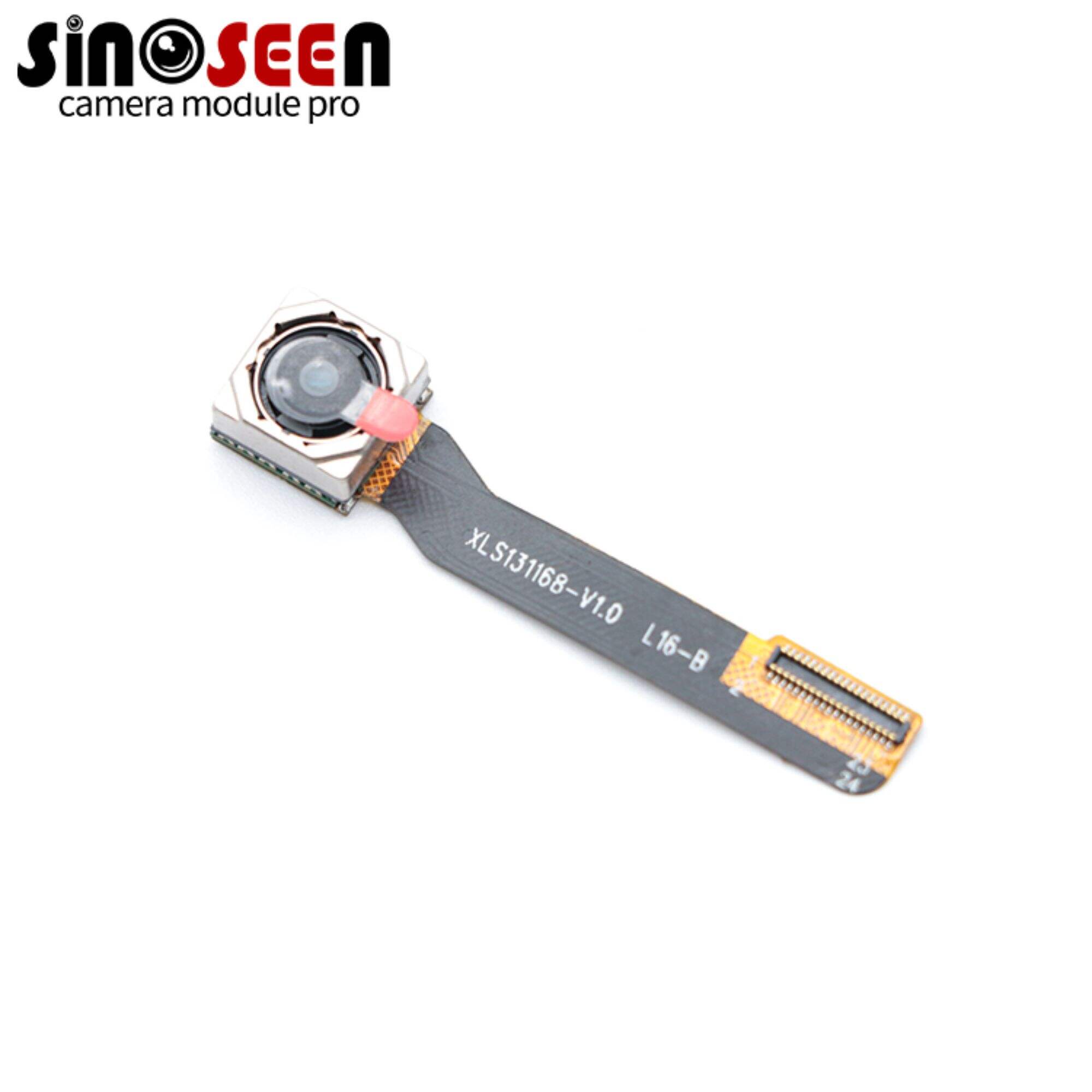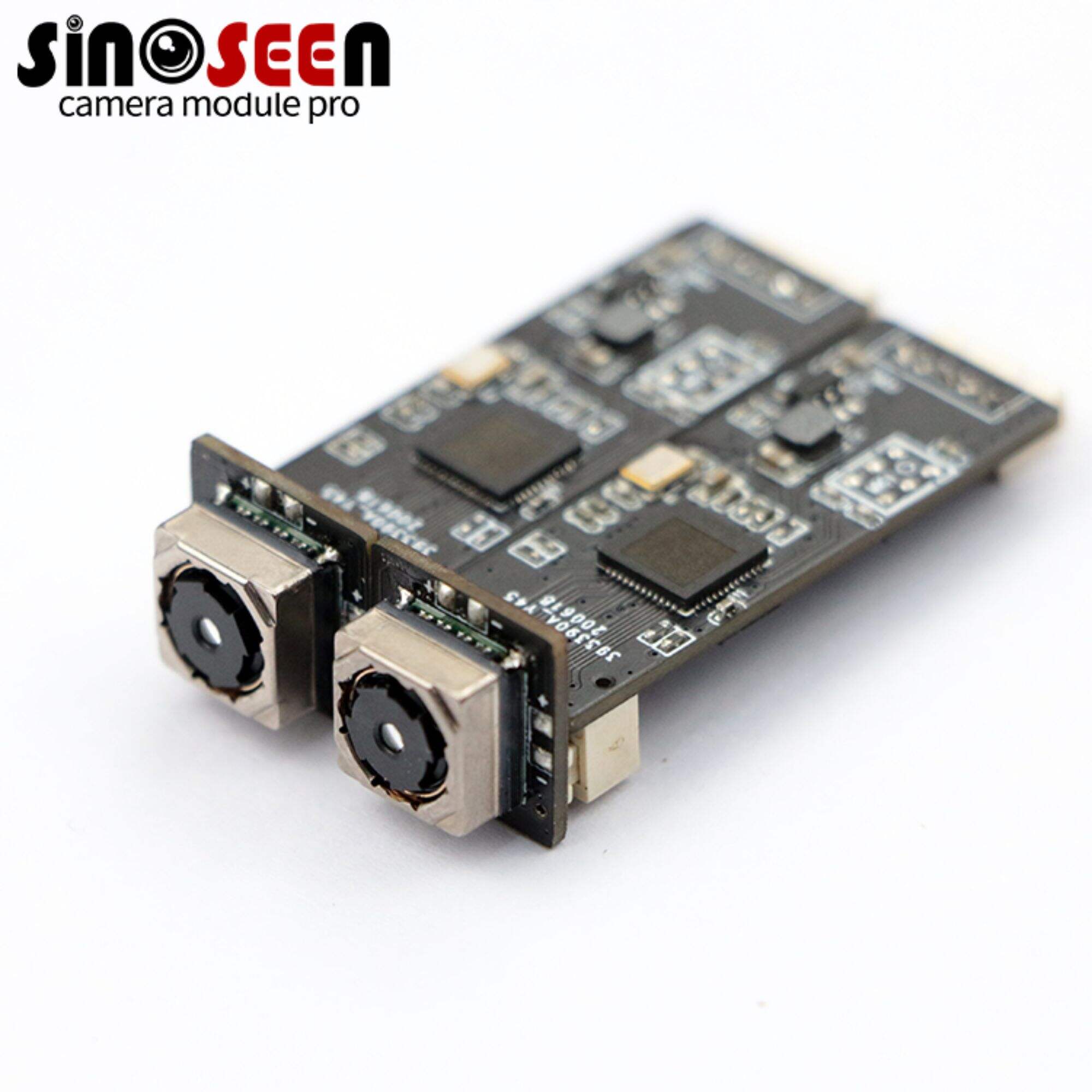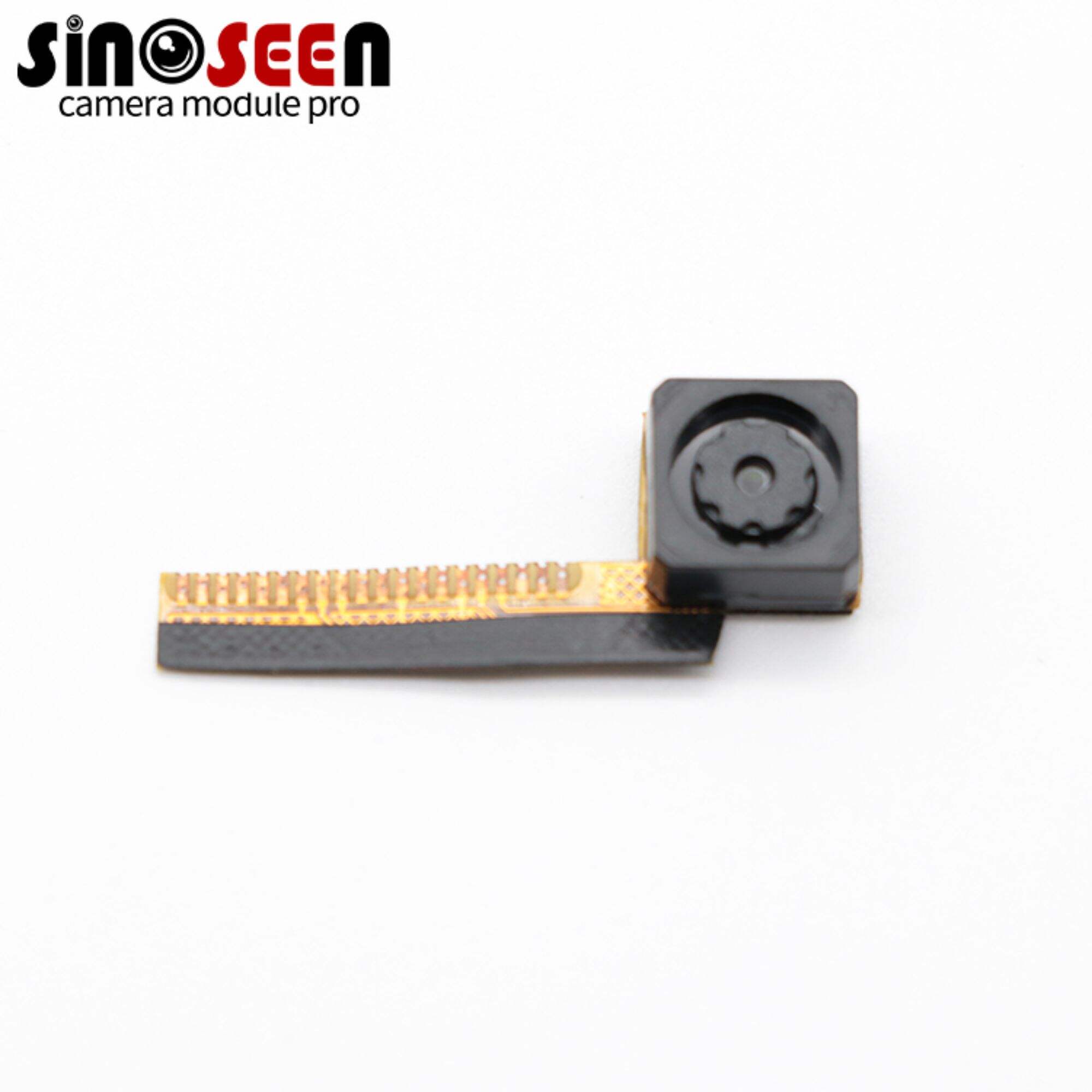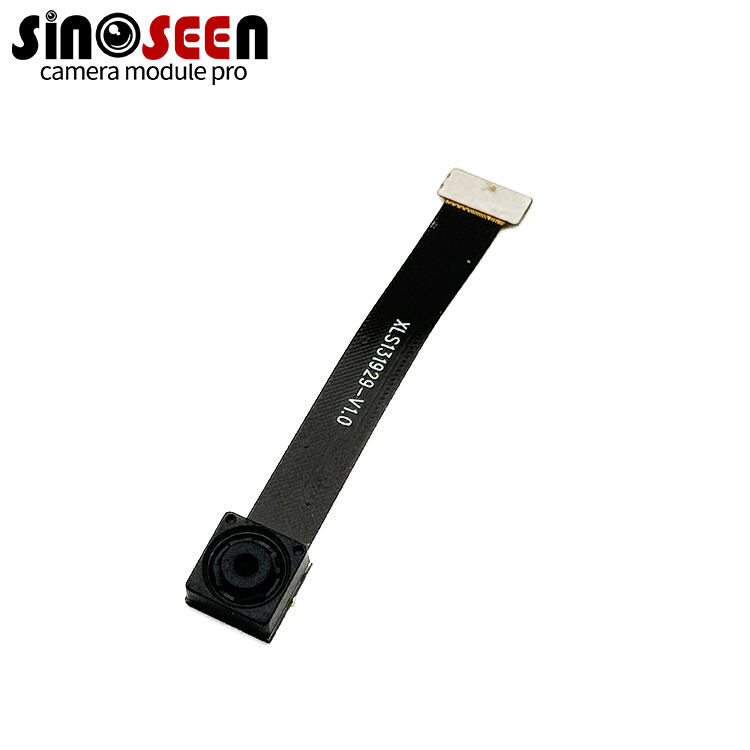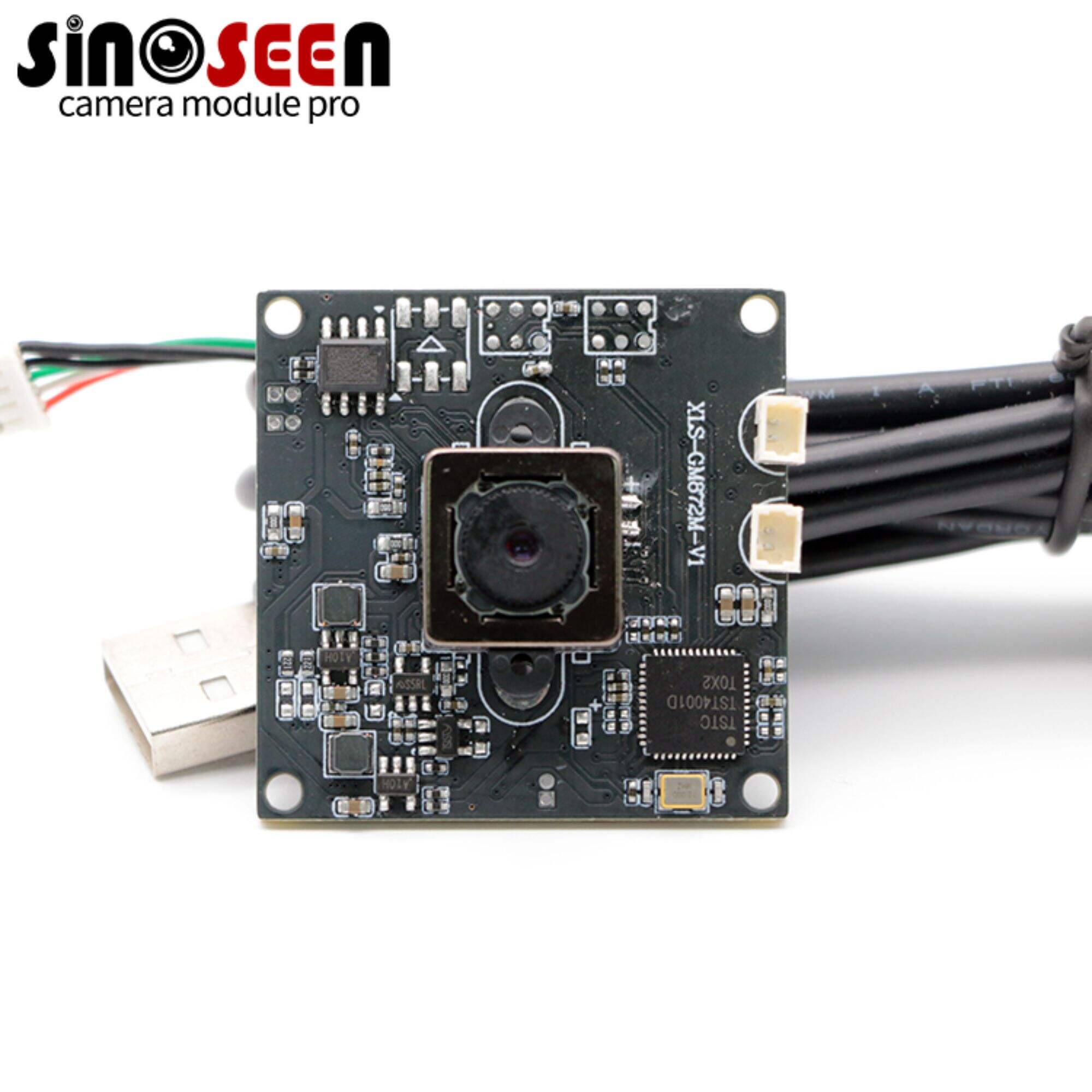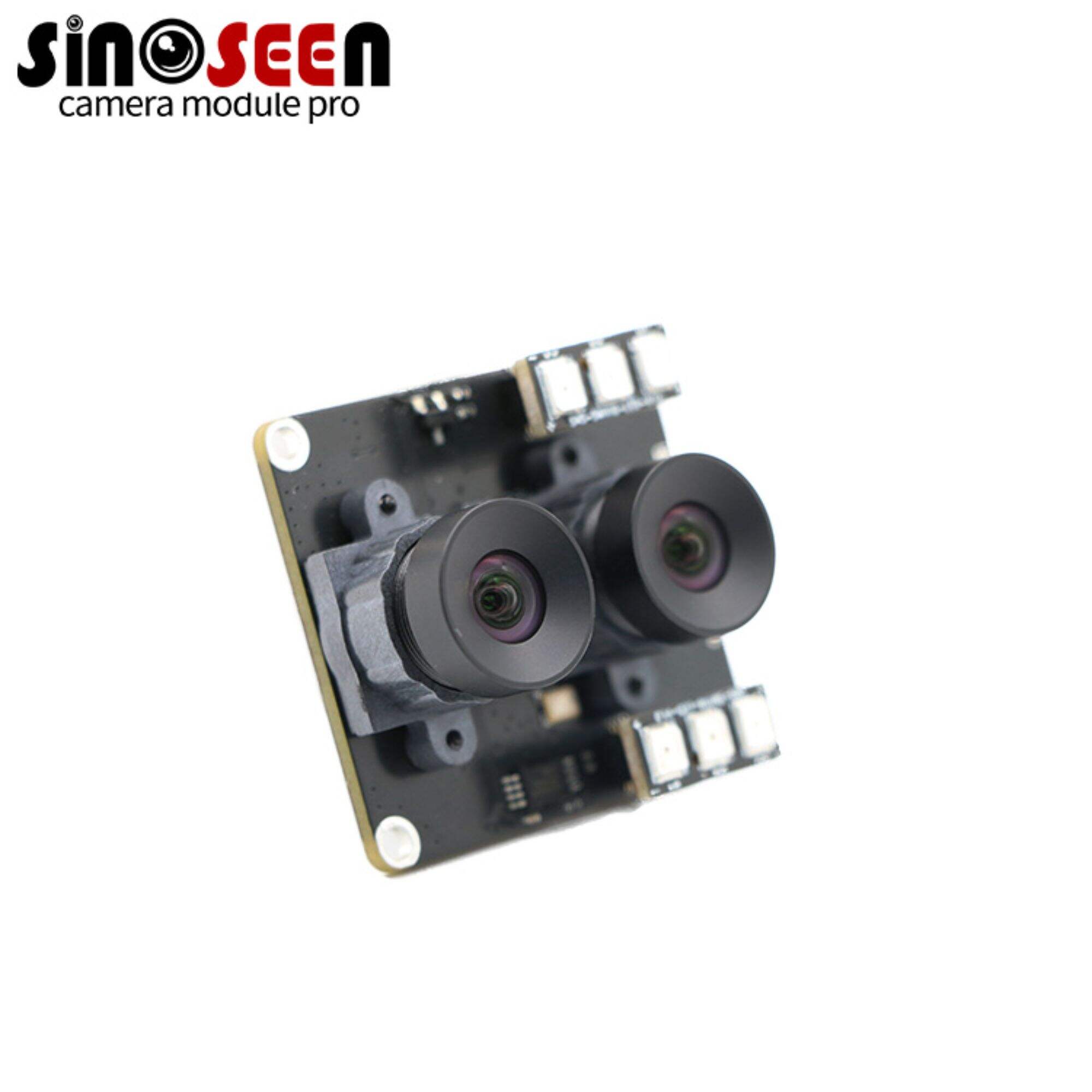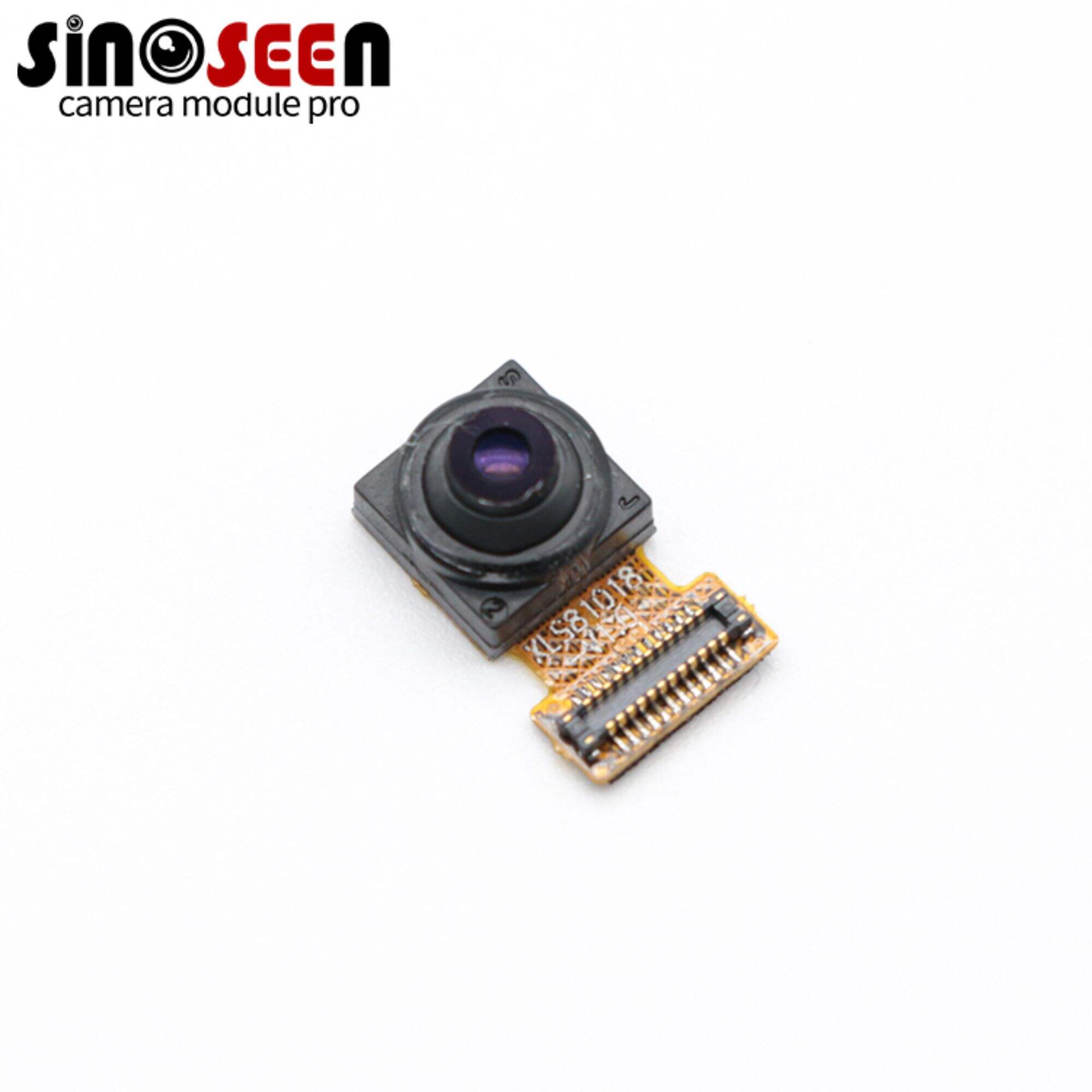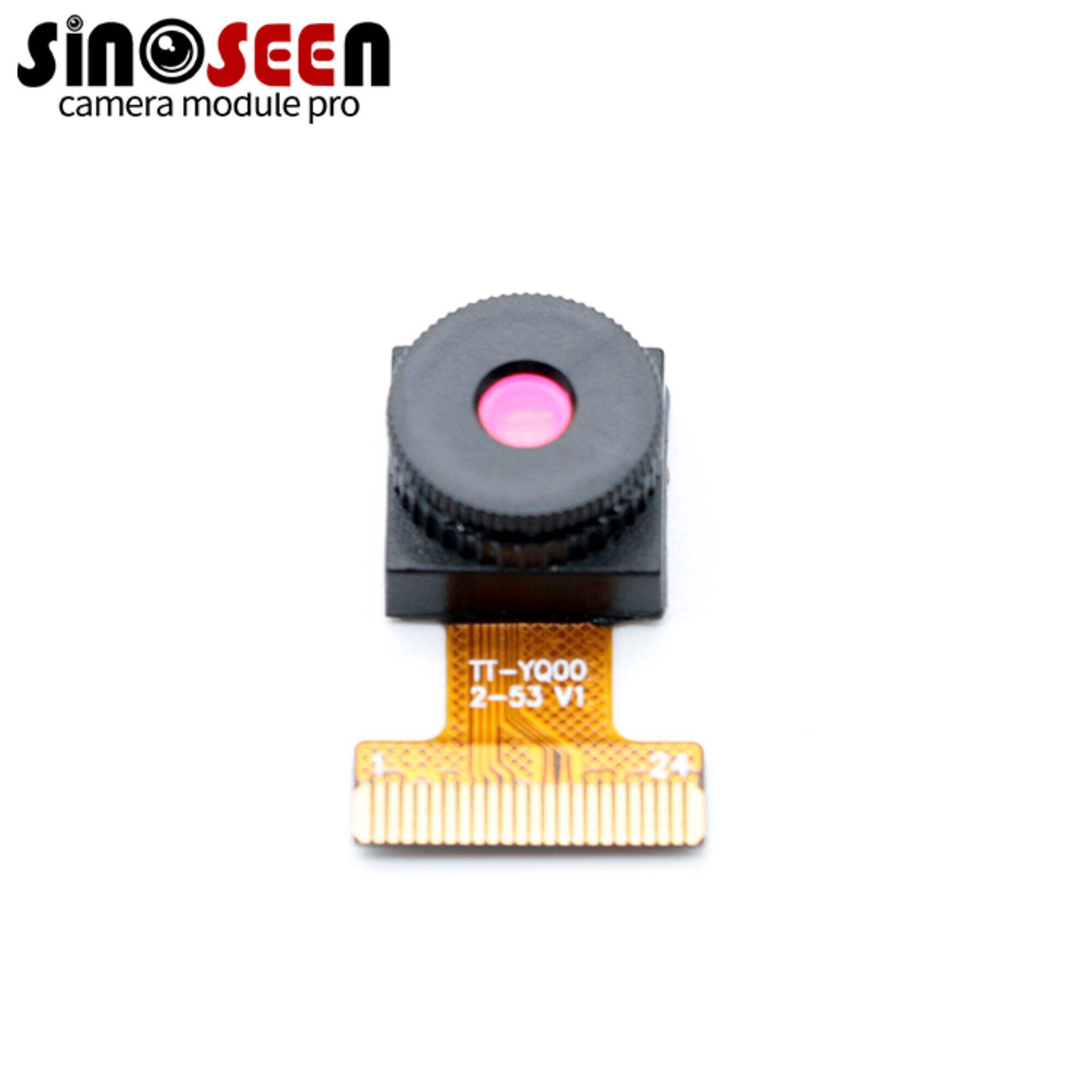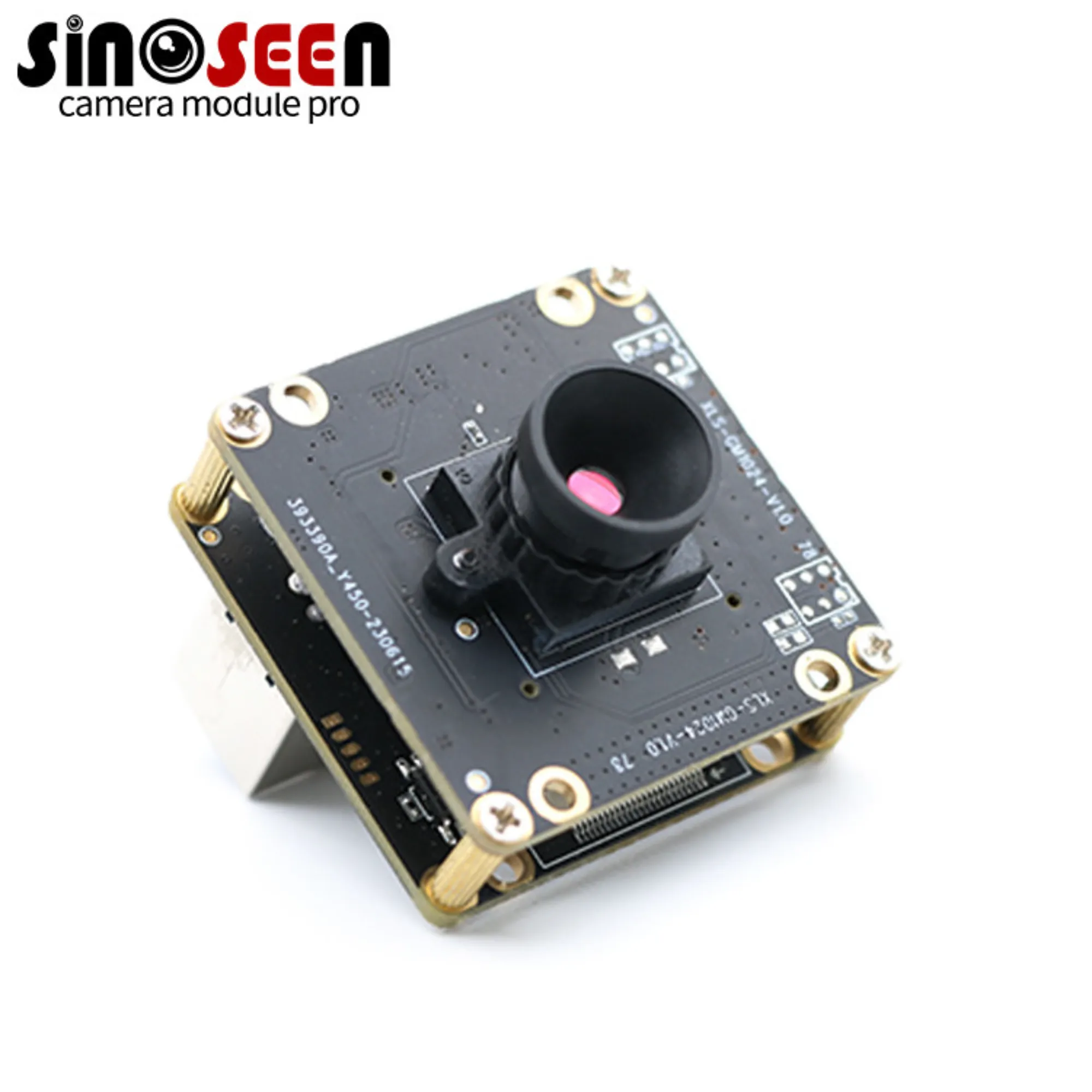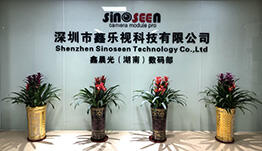GMSL vs. MIPI cameras: why are GMSL cameras better?
For embedded vision systems such as automotive, robotics, and smart cities, high-speed, high-bandwidth camera interfaces are required to process and transmit large amounts of high-resolution video data. Although traditional camera interfaces, such as MIPI CSI-2, USB 3.0 and GigE, still perform well in some applications, they are not sufficient for applications requiring higher data transmission speeds and distances, and the same is true for Ethernet and CAN, which, although used more often in automobiles, do not meet the requirements for transmitting large amounts of high-resolution digital video data at high speeds.
With the advancement of technology, the corresponding solution came into being. Serializer/Deserializer (SerDes) technology with its high-speed data transmission, long distance support and excellent performance, in the data communication, telecommunications and other applications to shine. This serial link technology works reliably in harsh industrial and outdoor environments, transferring data quickly with low latency.The primary application of SerDes technology is to minimize the number of input/output pins and interconnections by providing data transmission over a single coaxial cable or differential pair cable.
Gigabit Multimedia Serial Link™ (GMSL) cameras utilize GMSL and GMSL2 technology-a SerDes technology that transmits high-speed video, bi-directional control data, and power over a single coaxial cable. Below we take a closer look at the differences between the GMSL interface and traditional MIPI camera interfaces and analyze their core competencies.
What is the GMSL interface?
The Gigabit Multimedia Serial Link (GMSL) interface is a serial communication protocol designed for high-speed data transfer to provide high-speed, high-resolution video as well as power and bi-directional control data for robotics and Advanced Driver Assistance Systems (ADAS) with the characteristics of a multi-purpose and low-power interface.
GMSL technology converts data into a serial stream on the transmitter side via a serializer and converts the seria+l stream back into parallel data on the receiver side via a deserializer for further processing. This efficient data transfer method is capable of transmitting video data at speeds of up to 6 gigabits per second (Gb/s).
The family of GMSL interfaces includes serializers and deserializers for different interfaces such as HDMI, CSI-2, DSI, asymmetric DSI, eDP, oLDI, and single/double/quadruple GMSL1/GMSL2, which can be used at either the input or the output. the GMSL interface is designed to allow for transmission of data over a single coaxial cable or a differential pair of cables (e.g. STP, SPP, etc.) The GMSL interface is designed to allow data to be transmitted over a single coaxial cable or differential pair cable (e.g., STP, SPP, etc.), thereby reducing the number of input/output pins and interconnects while maintaining data integrity and low latency.We have introduced the GMSL camera before, interested can see this article.

A Primer on the MIPI Camera Interface
MIPI (Mobile Industry Processor Interface) is a high-speed serial communication protocol designed for mobile devices and used primarily in devices such as smartphones.The MIPI interface encompasses a variety of standard interface types, including MIPI CSI-2, which is an interface designed specifically for cameras to transfer image and video data between the camera module and other host computers.The highly efficient transfer capability of MIPI CSI-2 can provide a maximum bandwidth of 6Gb per second, with actual transmission rates of up to 5Gb/s.
The MIPI CSI-25's multiple high-speed data lines are designed to connect the image sensor to the embedded motherboard, enabling the control and processing of image data to form a complete image capture synergy system. However the standard MIPI CSI-2 connection length is limited to 30CM, which greatly limits flexibility in certain scenarios.
Advantages of the GMSL interface over MIPI camera interfaces
- Transmission distance: GMSL SerDes technology supports a transmission distance of 15M, which is an overwhelming advantage over the 30CM of the MIPI CSI-2 interface.
- EMI/EMC performance: GMSL interface improves the EMI performance of the link through programmable outputs and spread spectrum capabilities, and does not require an external spread spectrum clock.GMSL for the control of the channel EMC tolerance designed for the high immunity mode (HIM) to enhance the reliability of security cameras.
- Automatic Retransmission Request (ARQ): GMSL uses the ARQ method to ensure the reliability of data transmission. The accuracy of data is ensured by automatic retransmission when data is accepted. In GMSL2, ARQ is used in conjunction with Cyclic Redundancy Checks (CRC) to detect whether a packet has been received or not, which improves the robustness of the system's critical control functions.
- Backward Compatibility: The GMSL interface supports backward compatibility, allowing newer versions to operate on older interfaces, albeit with limitations.
- Virtual Channel Support: Virtual channel support allows the SerDes architecture to implement multi-camera capture. the GMSL deserializer can support decoding up to 16 virtual channels, and virtual channels are also supported by MIPI CSI-2 and CSI-3.
- Compatible Platforms: The GMSL camera provides off-the-shelf support for NVIDIA® Jetson™ development kits and Connect Tech's Rogue, Rudi-AGX, and Rudi NX platforms, which are based on the Jetson Xavier™ NX, to accelerate the prototyping and deployment of vision products.
Conclusion
As far as the results are concerned, although the most widely used camera interface today is the USB camera interface, in most cases the GMSL is definitely the camera interface of choice for embedded vision systems such as robotics, ADAS, intelligent transportation systems, etc. The GMSL camera interface offers better support for specific domains thanks to this longer transmission distance and stable, high-resolution image video data. application support.
Sinoseen has extensive experience in camera design and manufacturing and can provide you with the most professional advice and support to understand your application requirements and provide you with the most suitable embedded vision solution. Please feel free to contact us.

 EN
EN
 AR
AR
 DA
DA
 NL
NL
 FI
FI
 FR
FR
 DE
DE
 EL
EL
 HI
HI
 IT
IT
 JA
JA
 KO
KO
 NO
NO
 PL
PL
 PT
PT
 RO
RO
 RU
RU
 ES
ES
 SV
SV
 TL
TL
 IW
IW
 ID
ID
 SR
SR
 VI
VI
 HU
HU
 TH
TH
 TR
TR
 FA
FA
 MS
MS
 IS
IS
 AZ
AZ
 UR
UR
 BN
BN
 HA
HA
 LO
LO
 MR
MR
 MN
MN
 PA
PA
 MY
MY
 SD
SD

